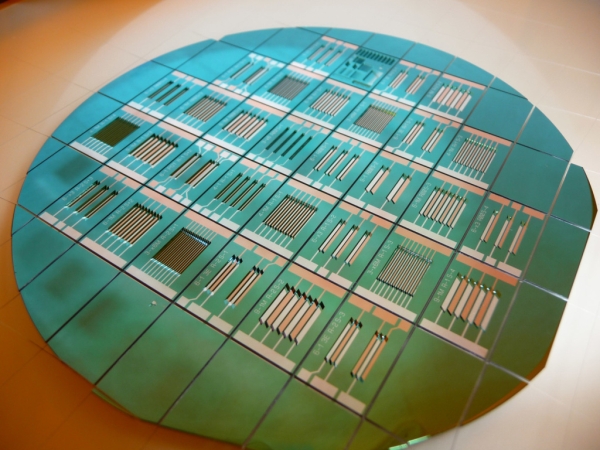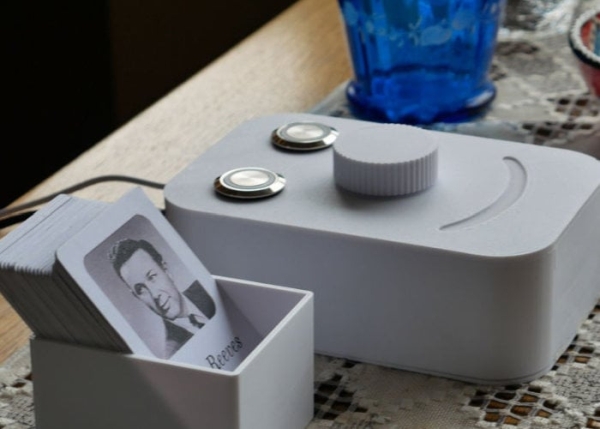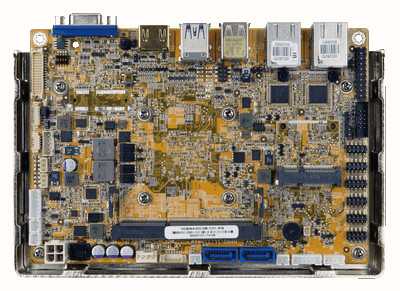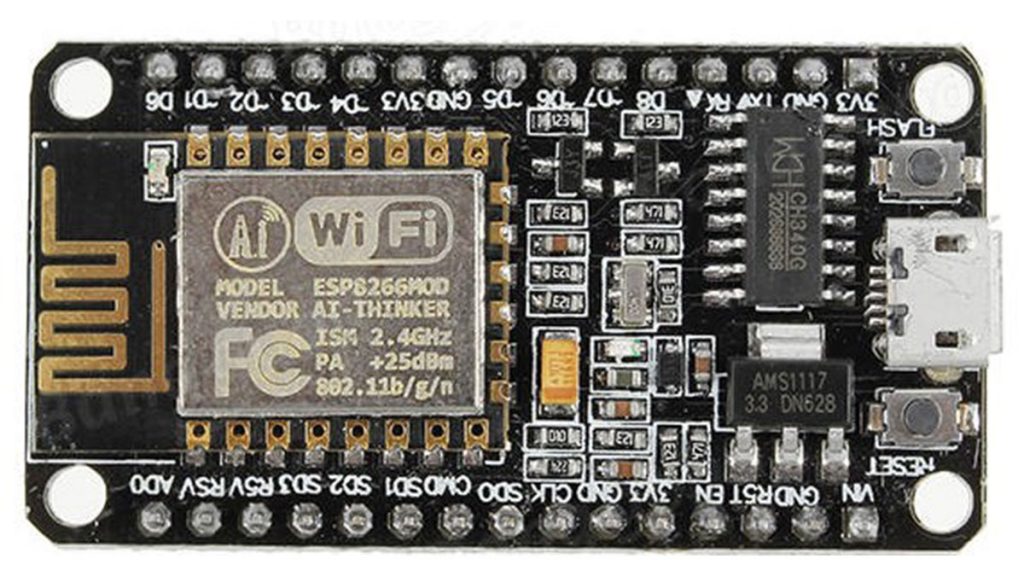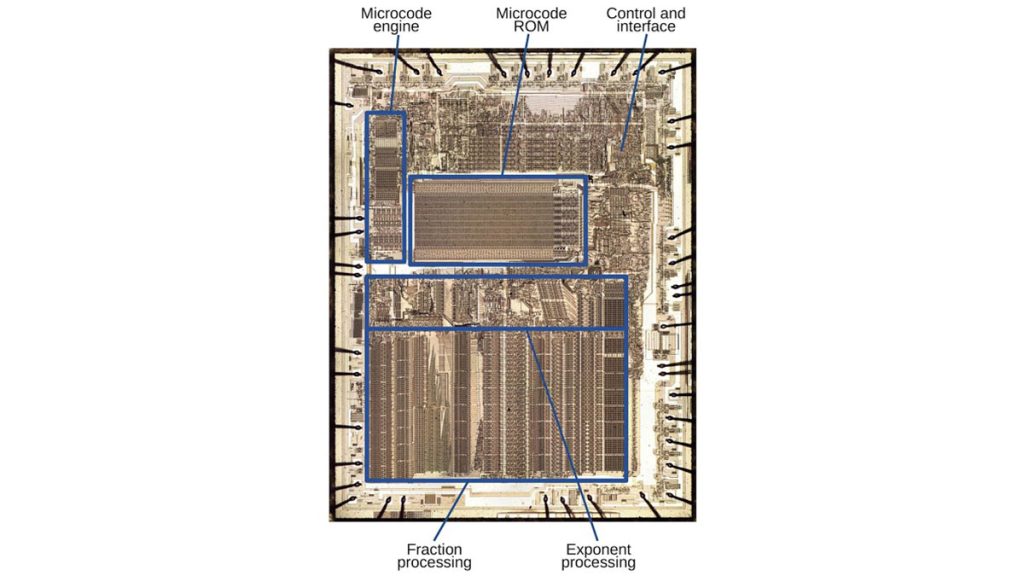THE GOOGLE CHROME DINOSAUR GAME, IN REAL LIFE
[Ryan] wanted to hack the Google Chrome Dinosaur Game so he could control the dinosaur with his own movements. The game only requires two keyboard presses (up and down arrow keys), so controlling the game with the Arduino Keyboard library only requires a few simple function calls. He uses the Arduino MKR board in his build, […]
THE GOOGLE CHROME DINOSAUR GAME, IN REAL LIFE Continue Reading



